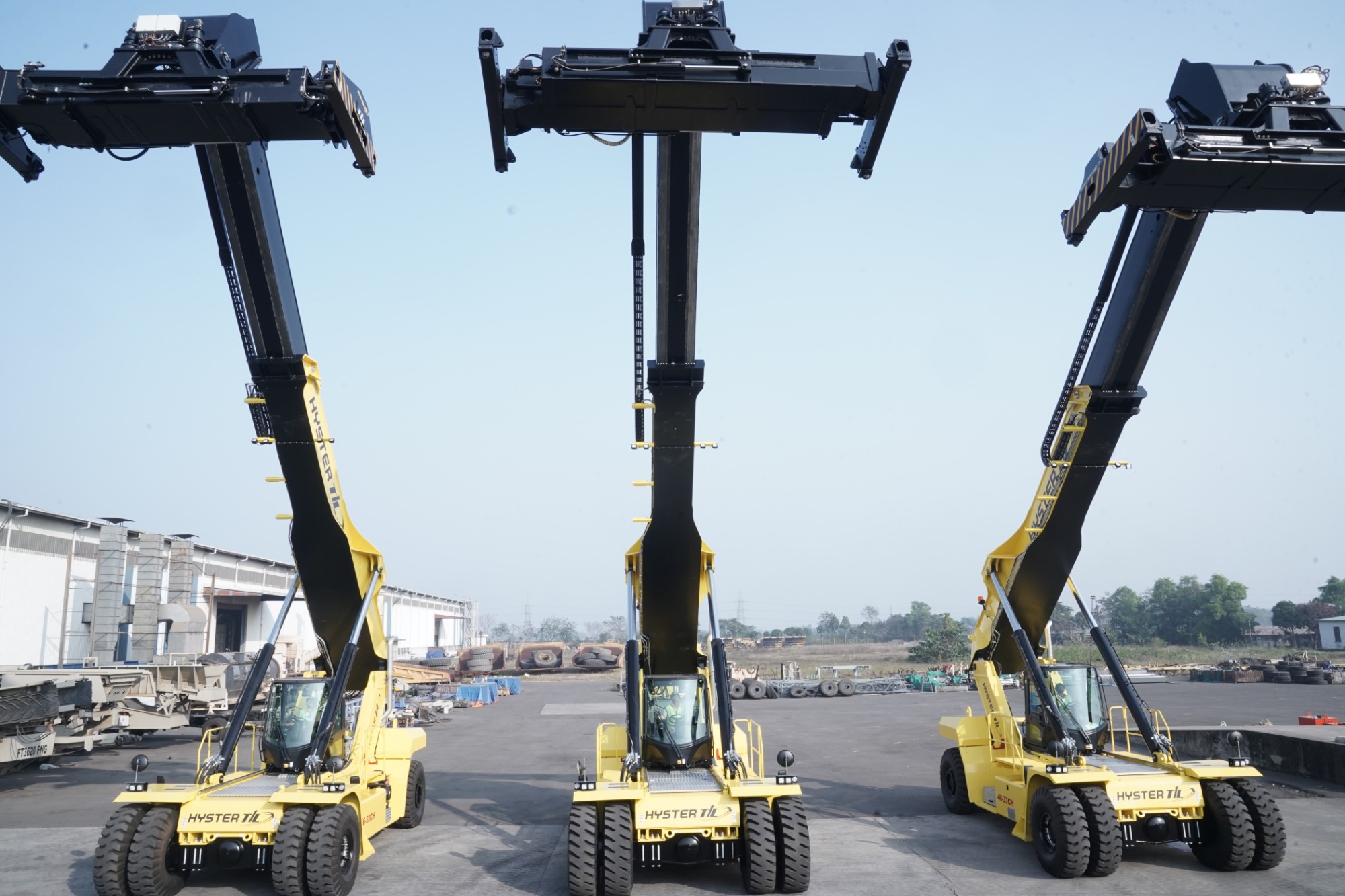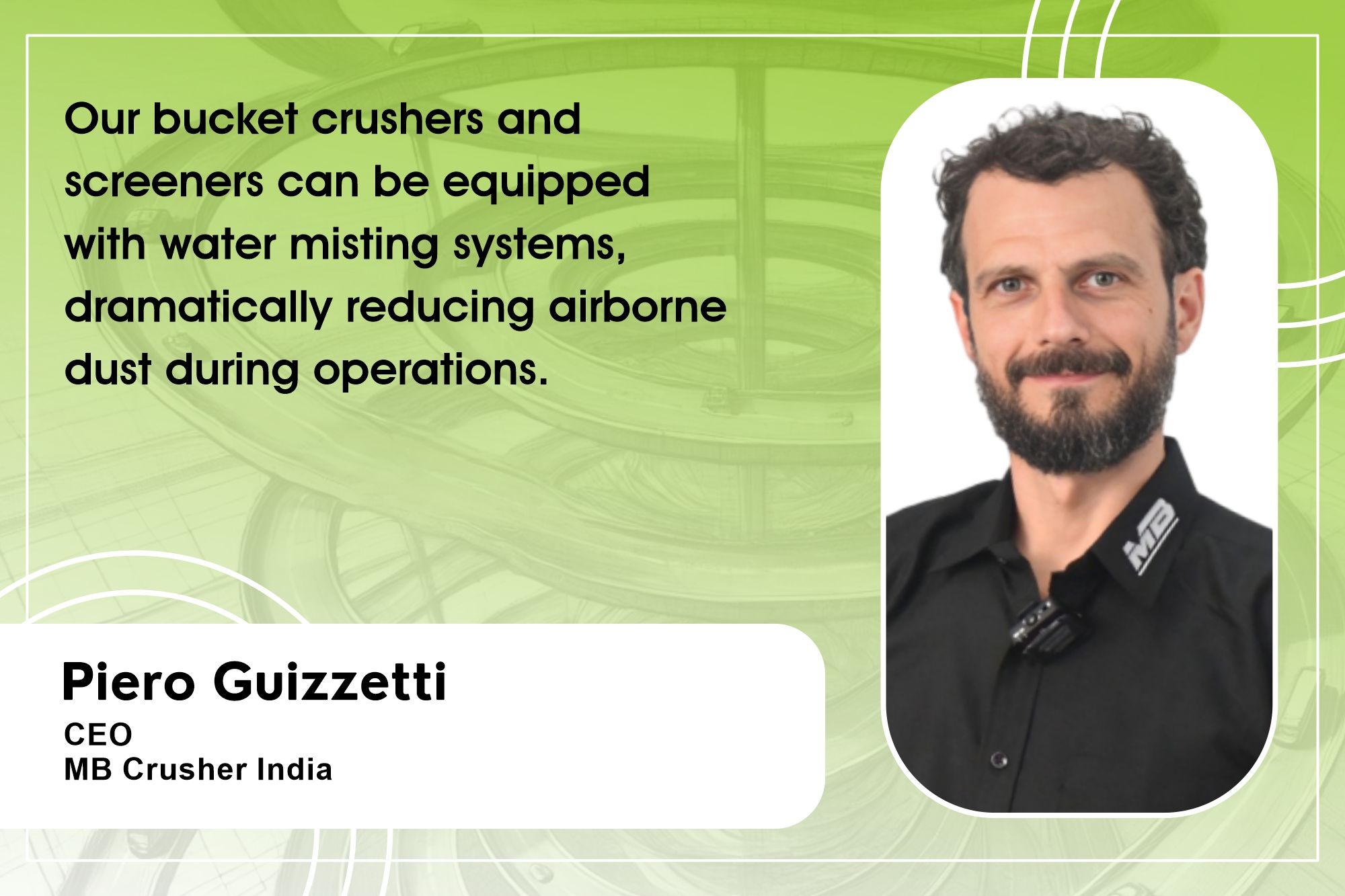Efficient Precast and PEB Structures to propel the rapid construction
By Edit Team | November 2, 2022 6:19 pm SHARE

Globally, the construction sector is amongst the largest consumers of natural raw materials. For an industry vulnerable to raw material supply problems and price volatility, it does make sense
to focus on resource efficiency and the reuse of materials. Below-given are industry trends across various structural segments and their specifications, especially towards the ‘Go Green Trend.’
Prefab and PEB Structures
Steel improves sustainability when used in the construction sector as it is 100 percent recyclable. The manufacturing technology in the steel industry is very advanced, allowing high usage of recycled content. The magnetic properties of steel simplify recycling since it can be easily separated from waste.
Emphasising the importance of steel in construction, Prakhar Agarwal, Business Head, Tata Steel Nest-In, says, “Concerns about global warming are growing, and people are becoming more ware of living sustainably. Tata Steel Nest-In, through its range of steel-based modular construction solutions like Nestudio, HabiNest, MobiNest, and sanitation solutions, is named to fuel this momentum and make its presence felt in the nation’s growth with EzyNest and Smart EzyNest. These prefabricated solutions weigh 5–6 times less when compared to brick-and-mortar structures and use steel, which is 100 percent recyclable.
Precast construction
Precast requirements are increasing in the construction market today. Precast elements such as columns, beams, slabs, wall panels, and staircases are in high demand in the construction industry. Many large residential towers are interested in using precast walls and slab systems to build them. Because constructing block walls in multi-storey buildings are a significant time and quality challenge. Precast walls will be cast offsite and assembled onsite. Plastering can also be avoided if precast walls are used.
C N Sridhara, Executive Director-Technical & Marketing, Preca Solutions Pvt. Ltd., commented on the need to increase precast construction and technologies to share the latest developments in the precast construction segment. We purchased hollow core slab machines from Prensol and in Spain as Preca. “It is ideal for Indian conditions.” Other precast elements imported from Italy and
Spain include walls, beams, stairs, and moulds. They are imported from Italy, with an adjustable type and all provisions.”
Sustainability in RMC
RMC plants are typically positioned close to the onsite work. The leading cause of pollution in an RMC plant is fugitive dust emissions. Plant fertility is reduced when dust particles are deposited in plants and leaves. When dust particles settle on water sources, they contaminate the water. Furthermore, when the RMC plant is placed near the work site, dust is deposited on surrounding buildings, households, and so on. Dust pollution profoundly influences materials, human health, and plants. As responsible industry players, we make every effort to help minimise the adverse impact of our business operations on the environment. At Godrej Construction, we follow the “Recover, Recycle, and Rebuild” principles to recycle concrete debris to produce prefabricated concrete products such as building blocks, pavers, trenches, ducts, and other customised precast concrete products.
Cookie Consent
We use cookies to personalize your experience. By continuing to visit this website you agree to our Terms & Conditions, Privacy Policy and Cookie Policy.



































-20240213125207.png)

























